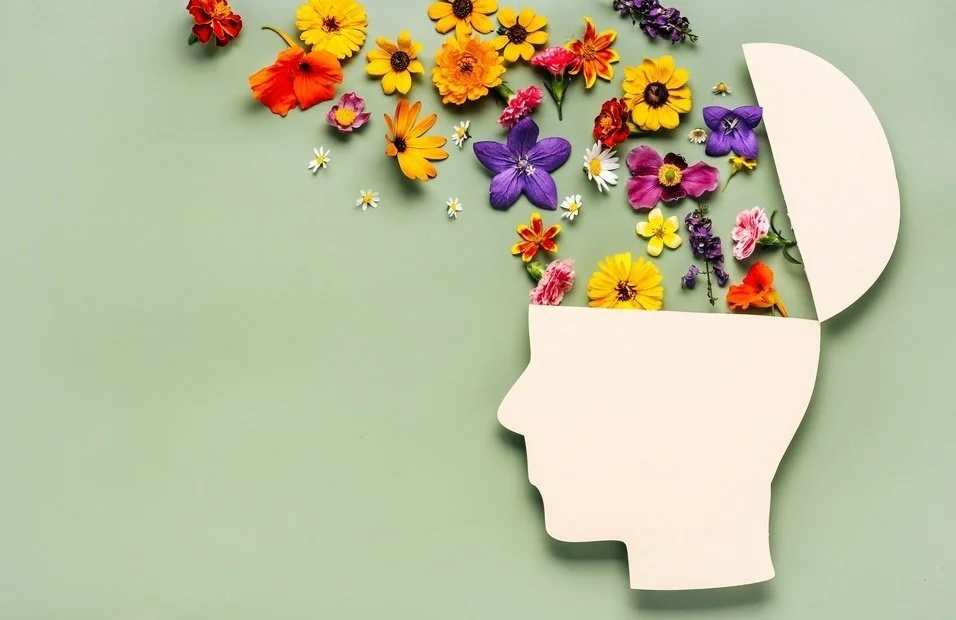What to do if your child is diagnosed with autism
Many parents are not sure what to do after their child receives a diagnosis of autism spectrum disorder. Parents might feel afraid, unsure, panicky, or even experience some denial. For some it feels like a shock. For others, they knew something was different and have been looking for answers. Read on for some next steps for what to do if your child is diagnosed with autism.
Accept your child and their diagnosis
It’s common to feel guilt or blame yourself after your child receives an ASD diagnosis. Please remember it’s not your fault or your partner’s fault—there’s no single cause for autism. A diagnosis does not change your child or what they can do in life. It doesn’t change the child you fell in love with! Don’t compare your child to anyone else. There has been so much research over the past few decades, and researchers have developed effective programs to help kids with autism develop. Know that ASD is manageable, you have support, and you are not alone. Educate yourself about ASD so you can advocate for your child. Stay organized so that you can easily provide details when they’re asked for.
Levels on the spectrum
One thing that is helpful is to understand the severity of your child’s ASD. Every child is different. However, your child’s symptoms and abilities will typically land in one of three levels of severity to indicate where they are on the spectrum.
Level 1 – Requires support. This is the least severe level and is considered “higher functioning,” with less cognitive and verbal impairments (previously Aspergers).
Level 2 – Requires substantial support. At this levels, cognitive, verbal and social impairments are still apparent even with support.
Level 3 – Requires very substantial support. This is the most severe level and is considered “lower functioning,” with cognitive, verbal, and social impairments that result in an inability to live independently.
Learning to listen
Become an expert on your child and their behaviors. Look for their nonverbal cues. What is upsetting or triggering your child? How do they respond to various therapies, sensory experiences, or schedule changes? What are their strengths and how can you celebrate them? What are their weaknesses and what therapies are available to target them?
Don’t stop hoping and dreaming for your child’s future. As your child gets older, you may see that some of the things you hoped for will not happen. Change your expectations then, but keep helping your child be the best they can be.
Structure
Children with ASD do best with consistency and a highly-structured routine. Be consistent with how you react to behaviors and when you practice what they’re learning in therapy. Develop a regular schedule for meals, bedtime, school, therapy, and so on. Try and stick to the schedule, and give your child lots of notice in advance if you need to change the routine.
Remember to reward and praise good behavior consistently and be specific about what behavior you are praising them for. You can use visual cues like stickers to reward them as well. And remember to play and have fun! There can be a lot of work to do in therapy, but your child still needs a childhood. Schedule some time together with them when they are in a positive and alert mood.
Sensory experiences
Kids with ASD can experience over-sensitivity to stimuli like light, sound, smell, taste, or textures. Some kids with ASD can experience under-sensitivity, and some experience some of both. Pay attention to which stimuli trigger disruptive behaviors and which trigger positive reactions.
Some children with ASD make repetitive movements like flapping their arms or rocking their bodies. This is usually due to heightened sensory needs and serve a purpose, and are similar to habits such as tapping your foot or chewing on a pencil. Since these behaviors can be disruptive, occupational therapy can help control the input a child is receiving and offer ways to calm themselves down in a socially appropriate manner.
Trying new things
There are so many options these days for autism treatment, from behavioral approaches to building social skills to dealing with sensory issues. Build on your child’s interests and what you see their needs are. You can use more than one type of therapy to address different needs and symptoms.
If possible, early intervention can help children with ASD develop skills to use for the rest of their lives. Some of these therapies include speech therapy, occupational therapy, physical therapy, and social or behavioral therapy.
Getting support
Taking time for self-care for yourself as a parent or caregiver is essential. No matter how expected a diagnosis may be, it’s still difficult and can result in grief, guilt, fear or anger. Utilize your support system and take time off—your child will benefit from a healthy, rested, and centered parent. Autism is also difficult for many families and couples—head to marriage, family, or individual counseling for the support you need. Joining a support group for parents of children with ASD can be incredibly helpful, especially after diagnosis.
If your child has recently been diagnosed with ASD, check out the many different tool kits available from Autism Speaks, including what to do for the first 100 days after your child is diagnosed with ASD (under age 4 and between ages 5-13).
Are you looking for more support for your child or yourself? Not sure what to do if your child is diagnosed with autism? Please reach out to us. Our team of therapists is here to provide support and guidance. We look forward to connecting with you.






